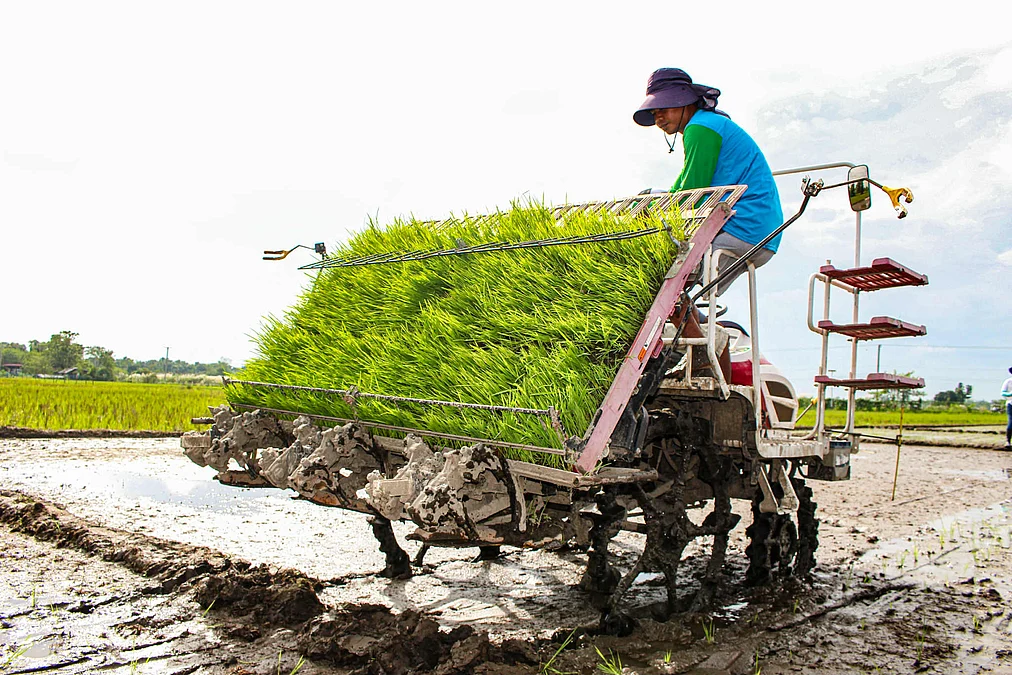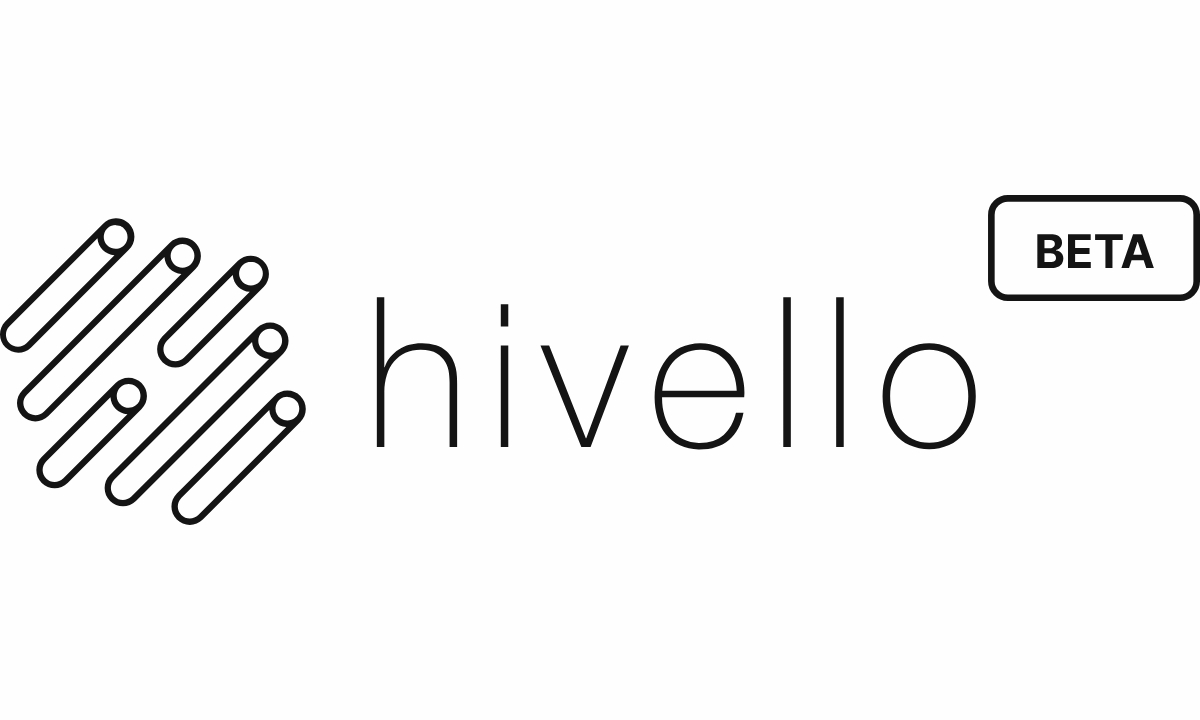By Jonas Reyes
Copyright tribune

Some 28 rice farmers from Victoria, Tarlac, have completed the 12-day training on pest control and farm nutrition under the SMART Farm Program of the Department of Agriculture’s Philippine Rice Research Institute (DA-PhilRice).The SMART Farm Program, or the Scaling Modern and Adaptive Rice Technologies toward Prosperous Farming Communities, aims to help farmers optimize the Package of Technologies (POTs) for rice by incorporating digital tools like the PalayCheck app and promoting practices such as precision fertilization and agro-ecosystem analysis (AESA) to increase yields and reduce costs.According to Alfredo F. Villacentino Jr., one of the 28 graduates of the said program, “Kalimutan na natin ang mga lumang pamamaraan at sabay-sabay nating sundin ang mga makabagong teknolohiyang itinuturo ng mga eksperto.”The training focused on pest control and soil nutrition using the PalayCheck System; agro-ecosystem analysis (AESA) as the basis for when to conduct spraying; and right EAT — the use of proper element, amount, and timing of fertilizers — to lower the costs of production.Dr. Eduardo Jimmy P. Quilang, PhilRice deputy executive director for research, hailed the 28 graduates of the SMART Farm Program, saying they will herald the coming of the modern Filipino farmer.Also present were the OPA-Tarlac, MAO-Victoria, and the Victoria Reduce Tillage Technology Association (VRTTA), involved in disseminating the PalayCheck System using the riding-type mechanical transplanter and MOET App as a fertilizer guide up to 2028.Meanwhile, some 427 farmers have availed themselves of the P3,000 fuel assistance card that was doled out by the Department of Agriculture Regional Field Office 3 (DA-RFO 3) on September 26, 2025, under the Fuel Assistance to the Farmers Project (FAFP).The 427 farmers are registered beneficiaries under the Registry System for Basic Sectors in Agriculture (RSBSA) and have between 2.01 to 3 hectares of farmland.The program aims to help sustain rice farming operations despite the continuous increase in fuel prices, which account for the biggest cost in production.DA-RFO 3 FAFP Focal Person Engr. Arwen Lacanilao said that the fuel assistance cannot be withdrawn as cash but is exclusive to buying gasoline or diesel at fuel stations that accept card payments.



